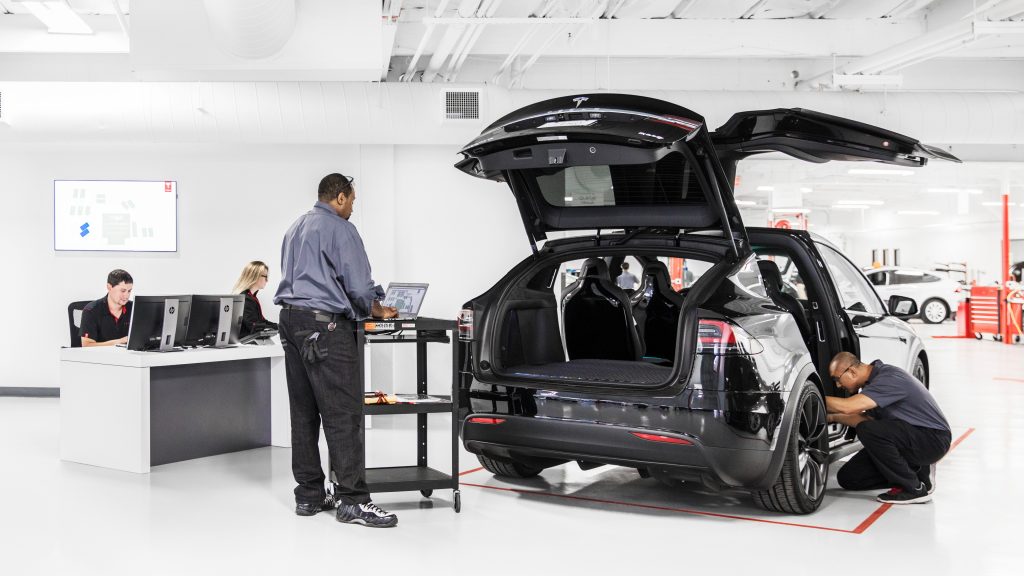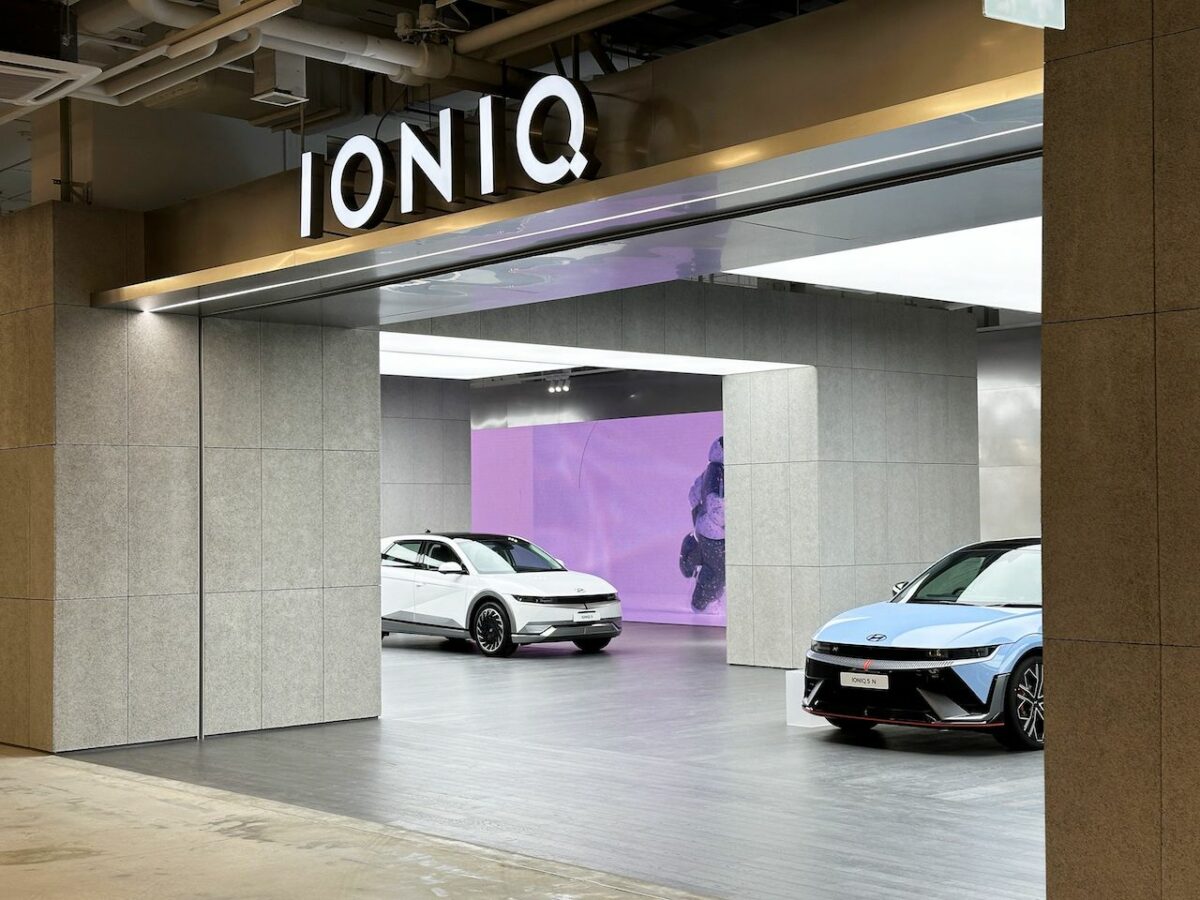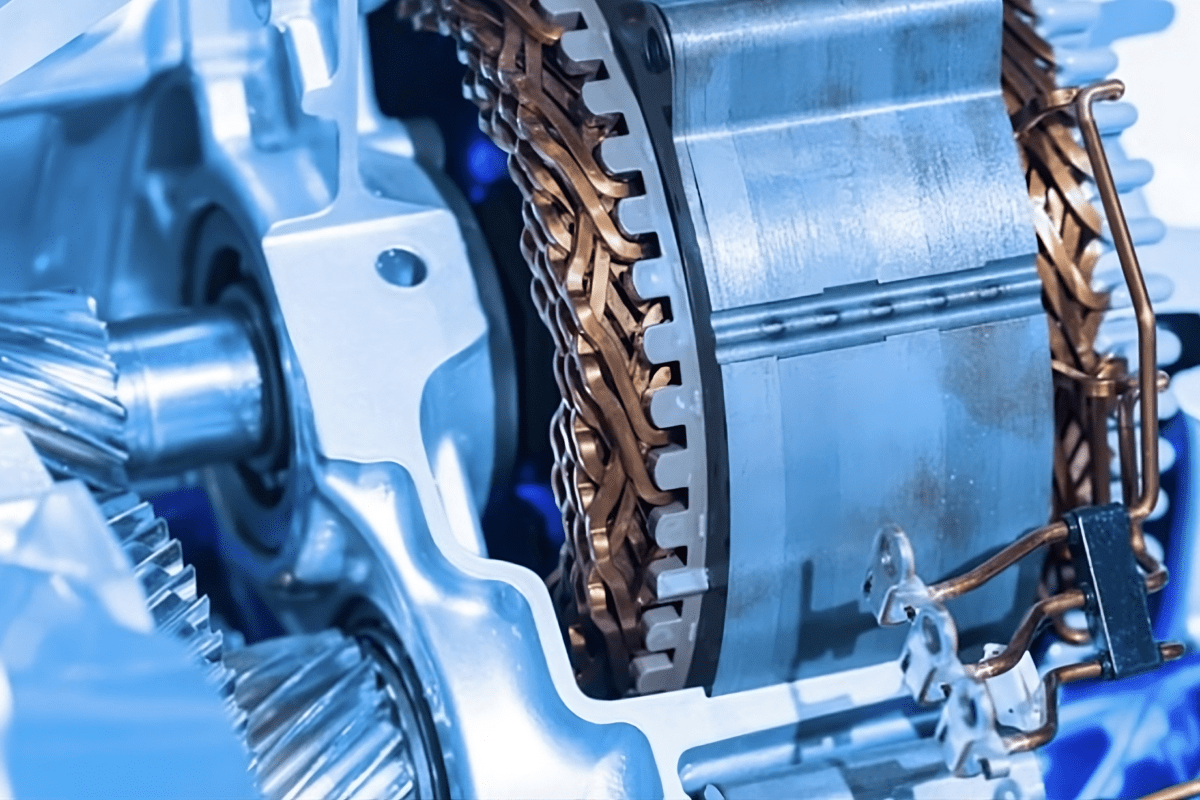In recent years, electric vehicles (EVs) have experienced a surge in popularity, and this trend shows no signs of slowing down. As of the end of August 2023, there were approximately 850,000 fully electric cars and an additional 530,000 plug-in hybrids on UK roads.
However, while many people are interested in owning an EV, not everyone fully understands their advantages. It is also going to take time and investment to fully switch from traditional combustion engine (ICE) cars to EVs. Given the rapid growth of the industry, it’s crucial for related sectors, such as lubricant manufacturers, to keep innovating. With this in mind, it raises the question: how can we help consumers to better understand the benefits of owning an EV, whilst supporting widespread adoption?
Maintenance of EVs
Many see electric or hybrid vehicles as offering an accessible, long-term route forward when considering maintenance, cost, convenience, and environmentalism. While battery electric vehicles (BEVs) are currently the only type of EV on the market, there are two types of hybrid vehicles (HEV and PHEV), and it’s worth noting all have different maintenance needs. EVs, for example, require different maintenance as they only need to cover fluid applications encountered in electrified powertrains, such as reduction gear brake and coolant fluids. This simplified maintenance often appeals to consumers interested in EVs, especially as workshops offer reliable support and insight around maintenance for those changing over from ICEs.
Consumer action in buying EVs has further spiked in recent years for several reasons: more EV models are available across price points, expert resources and maintenance are increasingly trustworthy, and consumer products are better and more accessible. Additionally, misunderstandings around the negative environmental impact of EV production, waste, and batteries are being confronted and improved globally, helping to drive change forward in the areas that need it most.

Overcoming barriers to EV ownership
It’s worth noting that the barriers to owning hybrid cars and EVs are not universally shared, as cost and infrastructure vary widely by region. While 39% of UK consumers are wary of the initial cost of EVs, nearly 60% aren’t aware that they can save money using an EV long term. Globally, EV infrastructure is lagging, but improving, with a 50% increase from the previous year. Concerns around battery pollution and range have been greatly reduced as EV education becomes more accessible, and automotive practices become more circular.
There are ways for consumers to adjust their lifestyle to work seamlessly with EVs, too. This can include checking the availability of charging stations in their local area and making use of them when out on the road. In fact, UK access to public charging points is only getting better, with 45,737 public charging points installed in the last 12 months, representing a 40% increase in the total number of charging devices since July 2022. Consumers should also research financial incentives available for EV purchases and charging station installations, which can help alleviate the costs of owning an EV. For example, the UK government is currently offering the Plug-In grant as a financial incentive, which offers a discount of up to 35% off the purchase price of an EV (up to a maximum of £2,500).
The state of EV innovation today
Innovation is occurring within the supply chain and automotive-adjacent industries to ensure consumers have the best EV products both today and in ten years. Supply chains are becoming more streamlined and sustainable, with reduced plastic packaging marking a small but significant step forward in the race to improve circular practices.
The barriers to owning hybrid cars and EVs are not universally shared, as cost and infrastructure vary widely by region
Lubricant technology is under constant development as the industry looks to better anticipate the needs of new electric and hybrid models, which are only increasing in volume and variety. Technological innovation and partnerships are helping to co-engineer and accelerate efficient innovation, with EV fluids playing a pivotal role in keeping pace with the latest generation of EVs, alongside hybrid-specific engine oils. In tandem, organisations in adjacent industries are working to drive progress in their sectors, with OEM partnerships especially playing a vital role in innovation and product performance, whilst meeting and striving to exceed increasingly stringent environmental requirements.
The future of EVs
Continual government regulation and investment in EV infrastructure, combined with ongoing innovation in the automotive sector, means the future of EVs and hybrid vehicles seems bright.
We can expect significant developments in digitisation, battery management, and autonomous vehicles in the near future. However, it’s crucial to remember that as these technologies evolve, keeping the customer’s needs in mind is essential. By prioritising the customer experience, we can ensure that we’re on the right path toward a more energy-efficient future.
The opinions expressed here are those of the author and do not necessarily reflect the positions of Automotive World Ltd.
Giuseppe Pedretti is Regional Managing Director at PETRONAS Lubricants International (PLI)
The AutomotiveWorld.com Comment column is open to automotive industry decision makers and influencers. If you would like to contribute a Comment article, please contact editorial@automotiveworld.com



